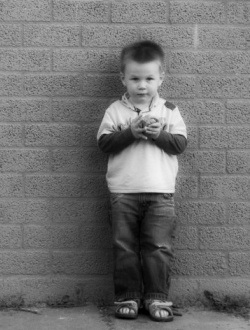6 Things You Must Know About Child Abuse And Neglect
Posted by PLB · Leave a Comment

 As teachers, we need to be sensitive to issues related to child safety and security. The following are some of the things one must know about child abuse and neglect in order to understand and address this issue better.
As teachers, we need to be sensitive to issues related to child safety and security. The following are some of the things one must know about child abuse and neglect in order to understand and address this issue better.
- While physical abuse tends to happen in specific instances or events, neglect tends to be more on-going.
- Neglect often leaves no visible scars and therefore is more likely than physical abuse to go undetected. Furthermore, children may grow up believing that their circumstances are a normal way of life and therefore not seek assistance or confide information to anyone.
- Neglect is the failure to give proper care or attention to a child in the physical (failure to provide needed food, shelter or protection), medical (failure to provide necessary medical services), educational (failure to educate a child) and emotional (inattention to a child’s emotional or psychological needs) areas.
- Living in poverty, in and of itself, does not mean that a child is being neglected. And, neglectful circumstances do not always mean a child is neglected.
- Keep in mind that accepted standards of care and a community’s culture may be contributing factors to neglect while indicating a need for information and/or assistance. If a family ignores or fails to use information and resources, and a child’s health or safety is at risk, then child welfare intervention may be required.
- A child who shows the following signs, may be a victim of neglect:
- Consistently dirty, unwashed and/or hungry.
- Insufficiently dressed for the weather.
- Needing medical care.
- Improper dental care, loose teeth or infected gums.
- Begging or stealing food or money.
- Frequent absences.
- Losing or failure to gain weight.
(Note that these individual signs of neglect may not be a reason for concern. When several of these signs are combined or appear repeatedly, there is an increased possibility of neglect.)
Knowing more about child abuse and neglect can help you keep a watchful eye on the students in your classroom.
Have you come across child abuse in your teaching experience? How did you respond? Share your experiences.
From Professional Learning Board’s online continuing education course for teachers: Recognizing & Preventing Child Abuse



